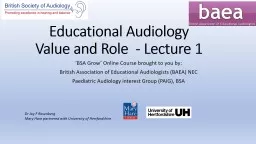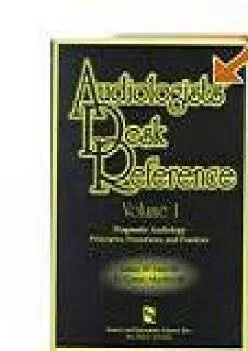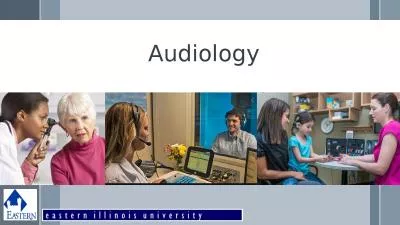PDF-Journal of the American Academy of Audiology/Volume 12, Number 4, Apri
Author : phoebe-click | Published Date : 2017-03-08
Journal of the American Academy of AudiologyVolume 12 Number 4 April 2001 1844 yr 4564 yr 6579 yr 80 yr I Severely to Profoundly Hearing Impaired US Population Figure
Presentation Embed Code
Download Presentation
Download Presentation The PPT/PDF document "Journal of the American Academy of Audio..." is the property of its rightful owner. Permission is granted to download and print the materials on this website for personal, non-commercial use only, and to display it on your personal computer provided you do not modify the materials and that you retain all copyright notices contained in the materials. By downloading content from our website, you accept the terms of this agreement.
Journal of the American Academy of Audiology/Volume 12, Number 4, Apri: Transcript
Download Rules Of Document
"Journal of the American Academy of Audiology/Volume 12, Number 4, Apri"The content belongs to its owner. You may download and print it for personal use, without modification, and keep all copyright notices. By downloading, you agree to these terms.
Related Documents

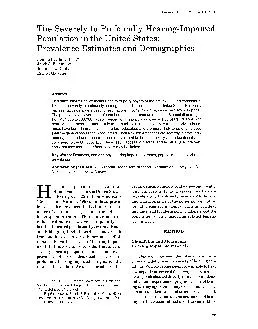
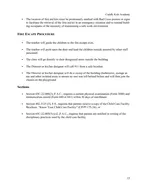

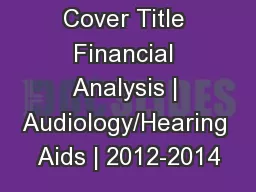
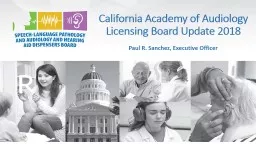



![[READ] - Service Academy Admissions: An Insider\'s Guide to the Naval Academy, Air Force](https://thumbs.docslides.com/905440/read-service-academy-admissions-an-insider-s-guide-to-the-naval-academy-air-force-academy-and-military-academy.jpg)
